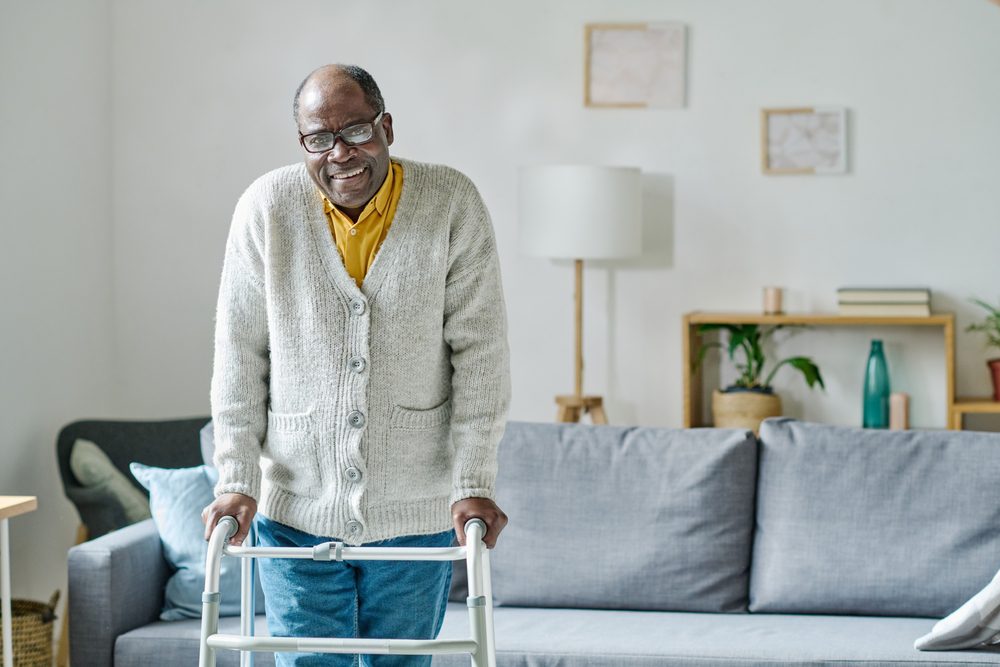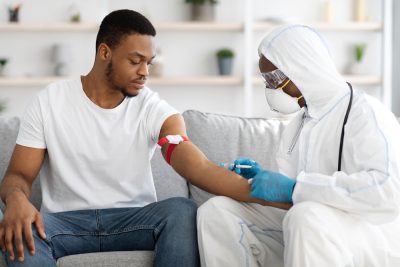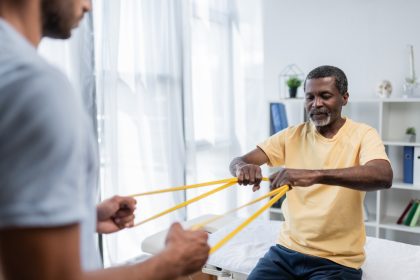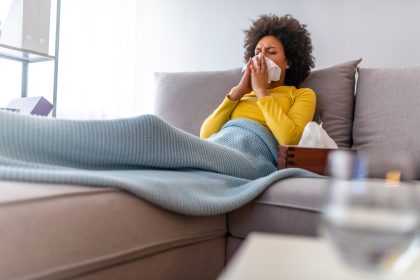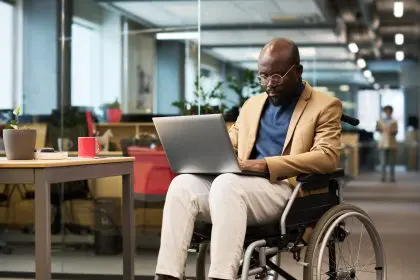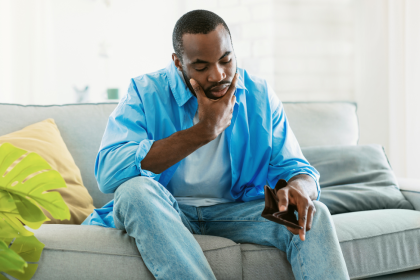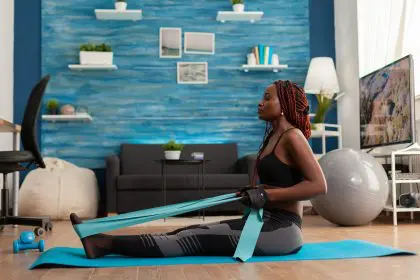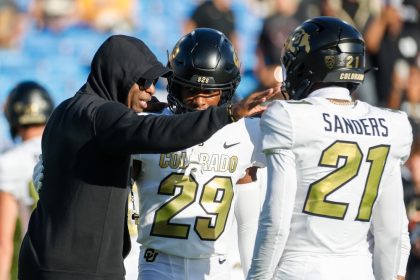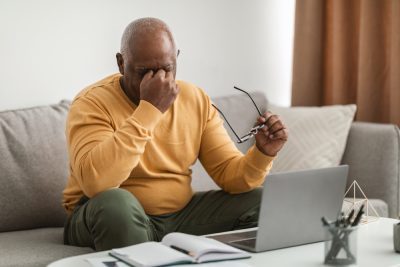A stroke can be a life-altering event, impacting not only physical health but also one’s overall well-being. The journey to recovery after a stroke is challenging, but with the right strategies and support, rehabilitation is not only possible but can lead to significant improvements. In this article, we explore nine effective ways to navigate the path of rehabilitation after a stroke, focusing on both physical and emotional well-being.
1. Physical therapy: Building strength and coordination
Physical therapy is a cornerstone of stroke rehabilitation. Working with a skilled therapist can help individuals regain strength, improve coordination, and enhance balance. Tailored exercises target specific muscle groups, facilitating the recovery of motor skills. Consistency is vital, as regular sessions contribute to gradual but noticeable progress.
2. Occupational therapy: Regaining independence in daily activities
Occupational therapy focuses on restoring independence in everyday activities. Therapists work with stroke survivors to develop strategies for tasks like dressing, eating, and grooming. Through adaptive techniques and specialized exercises, individuals can regain control and autonomy in their daily lives.
3. Speech therapy: Restoring communication skills
Many stroke survivors experience difficulty with speech and language. Speech therapy, conducted by trained professionals, helps individuals regain communication skills. Techniques may include exercises to improve articulation, language comprehension, and vocal strength. This not only enhances verbal communication but also boosts confidence in social interactions.
4. Assistive devices: Bridging the gap
Incorporating assistive devices can significantly aid stroke survivors in their rehabilitation journey. Mobility aids, such as canes or walkers, provide support during physical activities. Communication devices, including speech-generating devices and communication boards, help bridge the gap for those facing challenges in verbal expression. These tools empower individuals to navigate daily life more effectively.
5. Emotional support: Nurturing mental well-being
Rehabilitation after a stroke is not only about physical recovery but also about nurturing mental well-being. Emotional support plays a crucial role in this aspect. Support groups, therapy, and counseling provide a safe space for individuals to share their experiences, fears, and triumphs. This emotional support is vital for overall resilience and a positive outlook on the rehabilitation process.
6. Nutrition and lifestyle changes: Fueling the road to recovery
Adopting a healthy lifestyle is instrumental in stroke rehabilitation. Nutrition plays a pivotal role in recovery, and making conscious choices can positively impact overall health. A well-balanced diet, rich in fruits, vegetables, and lean proteins, supports the body’s healing process. Additionally, staying hydrated and avoiding excessive alcohol and tobacco consumption contribute to a healthier lifestyle.
7. Medication management: Optimizing treatment plans
For many stroke survivors, medication is a crucial component of their treatment plan. Adhering to prescribed medications, managing potential side effects, and attending regular medical check-ups are essential for optimizing the recovery process. Open communication with healthcare providers ensures that any adjustments to the medication plan can be made promptly, promoting the best possible outcomes.
8. Home modifications: Creating a safe environment
Adapting the home environment is essential to ensure a safe and supportive space for rehabilitation. Simple modifications, such as installing handrails, ramps, or grab bars, can enhance accessibility and reduce the risk of falls. Creating a comfortable and safe home environment is critical to building confidence and promoting independence during the recovery journey.
9. Setting Realistic Goals: Celebrating Milestones
Setting realistic goals is a crucial aspect of stroke rehabilitation. Breaking down larger objectives into smaller, achievable milestones allows individuals to track progress and celebrate successes. This approach provides motivation and instills a sense of accomplishment, reinforcing the belief that recovery is possible.
Rehabilitation after a stroke is a multifaceted journey that encompasses physical, emotional, and lifestyle aspects. By embracing a holistic approach that includes various therapeutic interventions, emotional support, and lifestyle modifications, individuals can navigate the challenges of recovery and unlock a new chapter in their lives. Each step, no matter how small, contributes to the overall journey of rehabilitation, highlighting the resilience of the human spirit in the face of adversity.
This story was created using AI technology.

